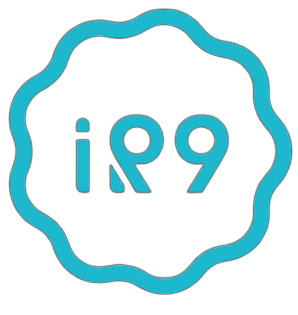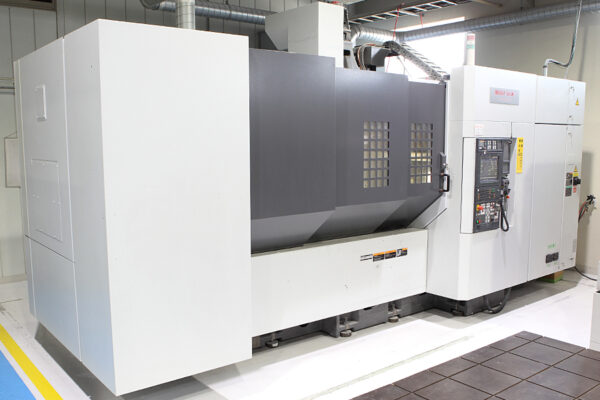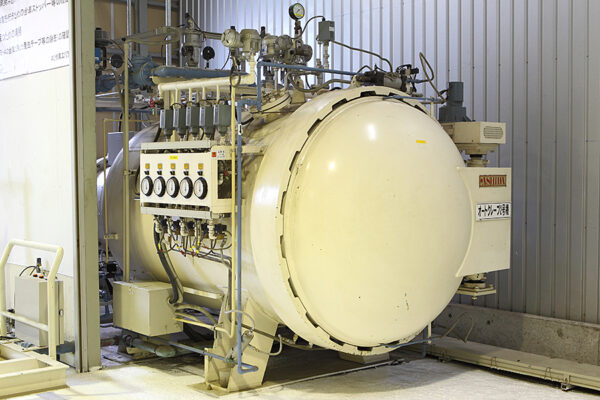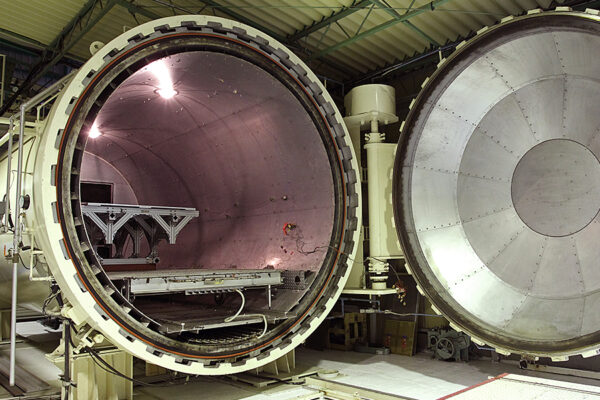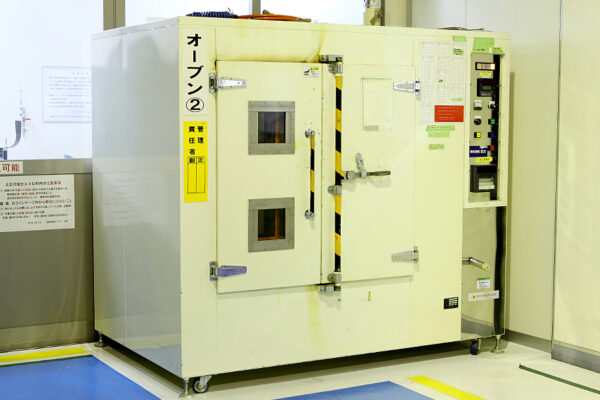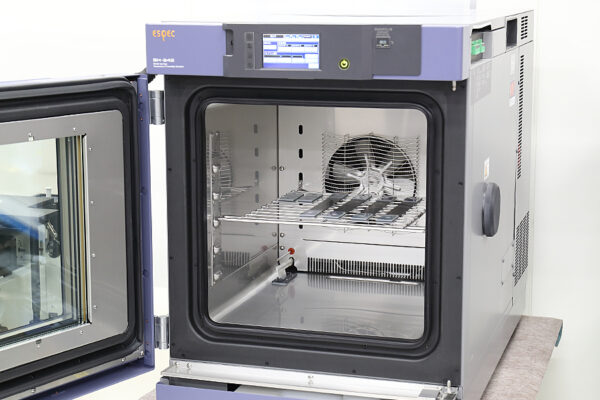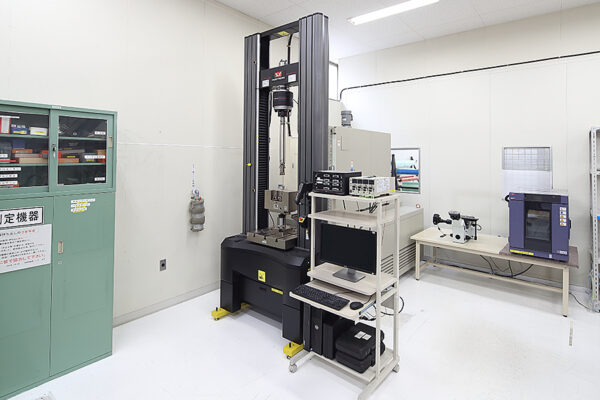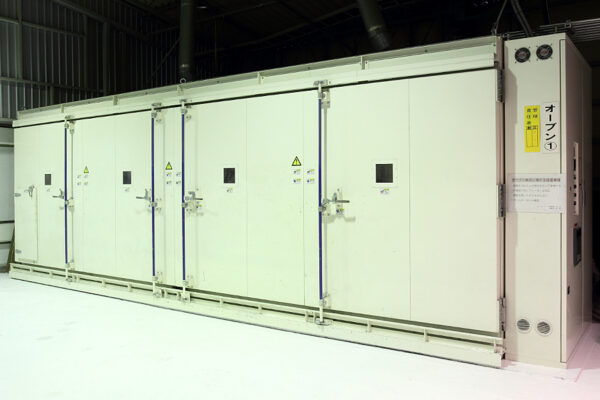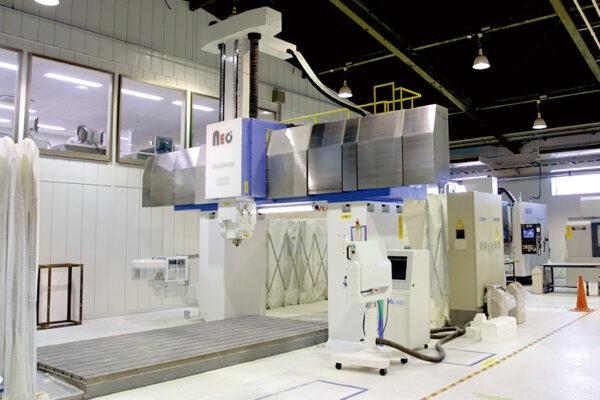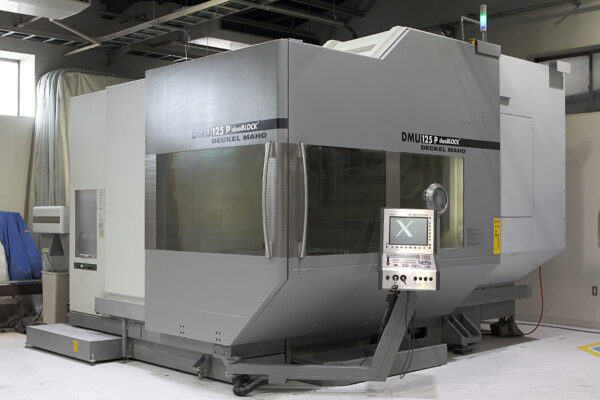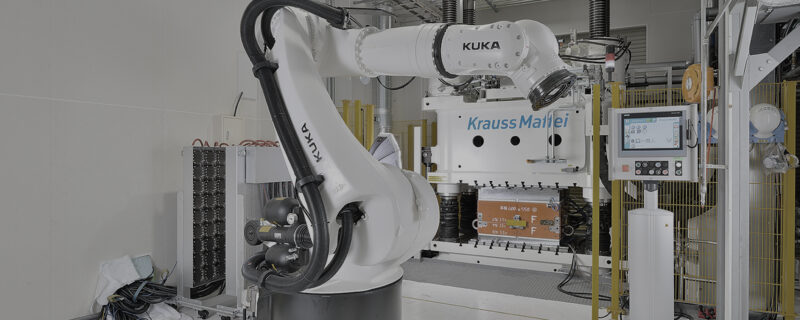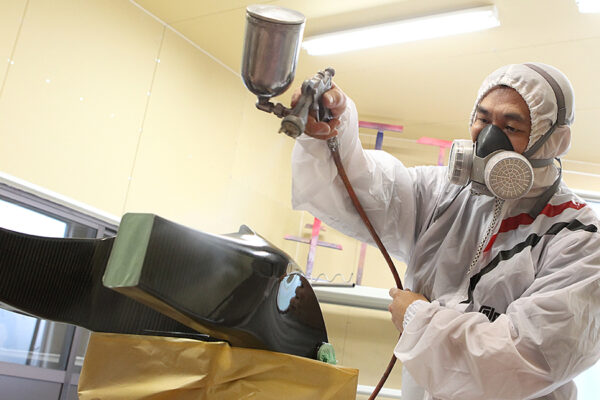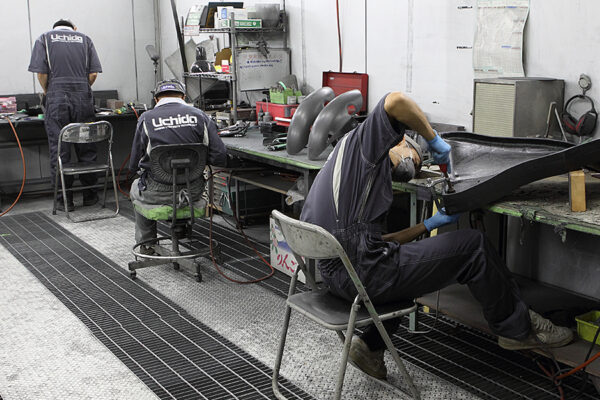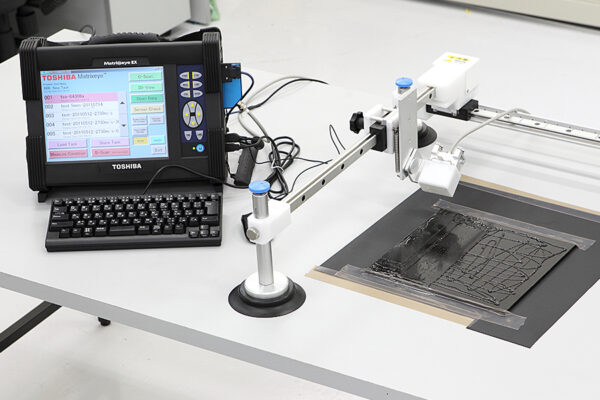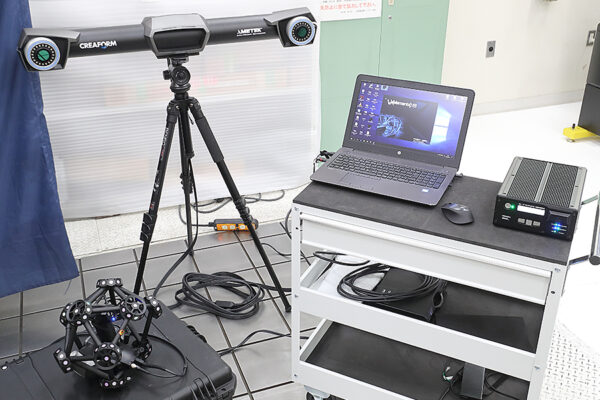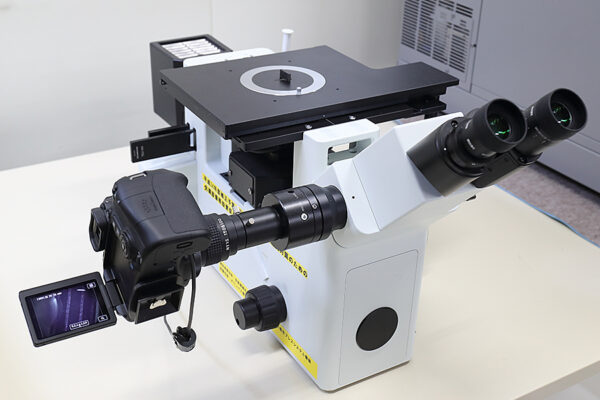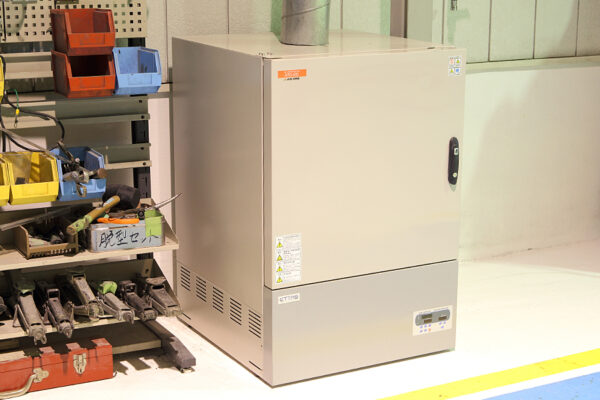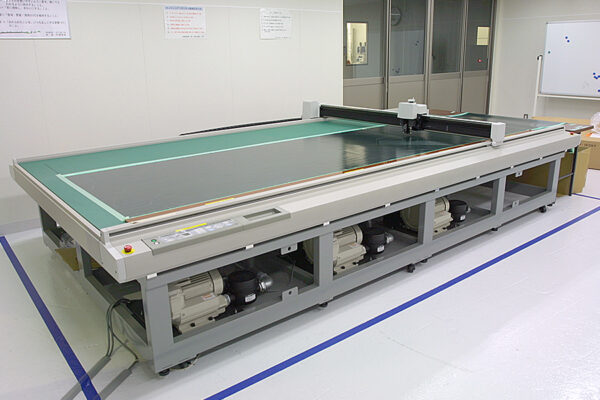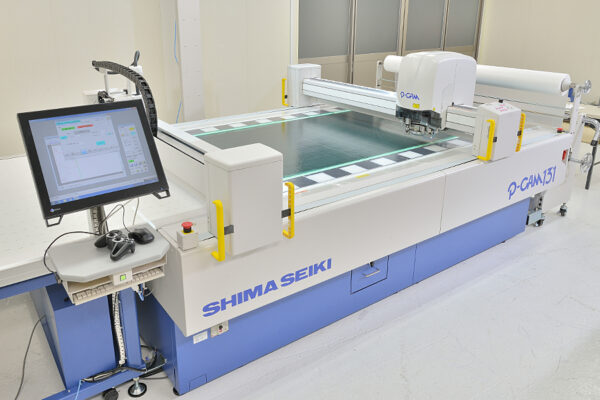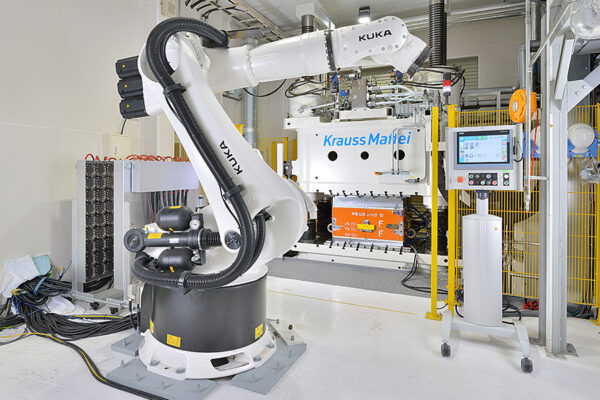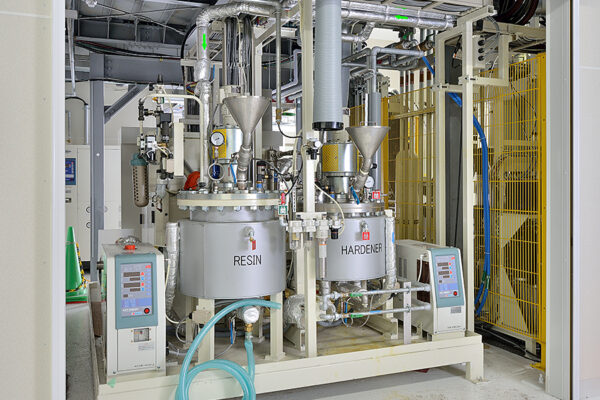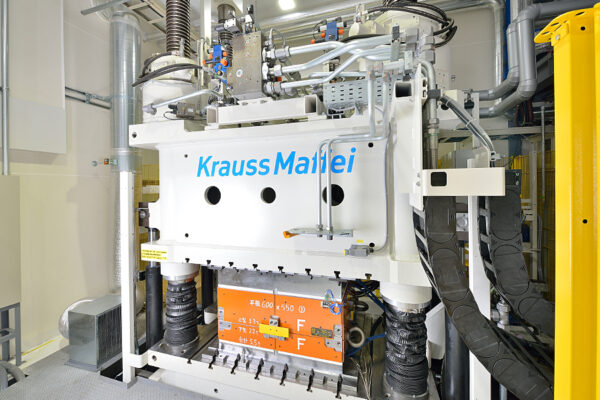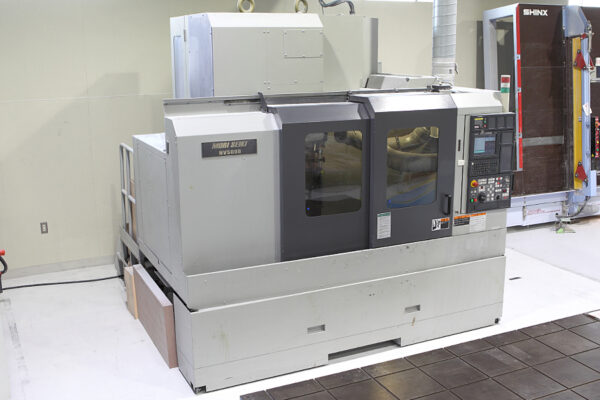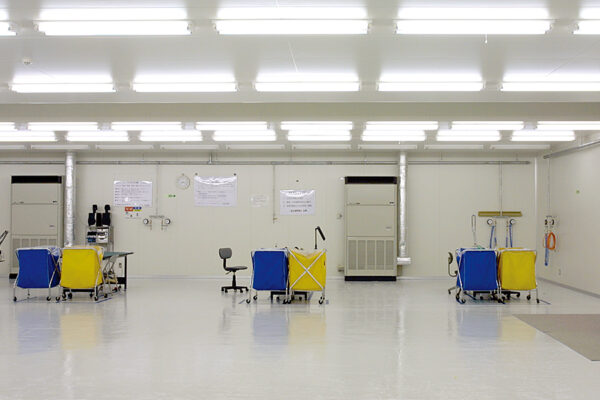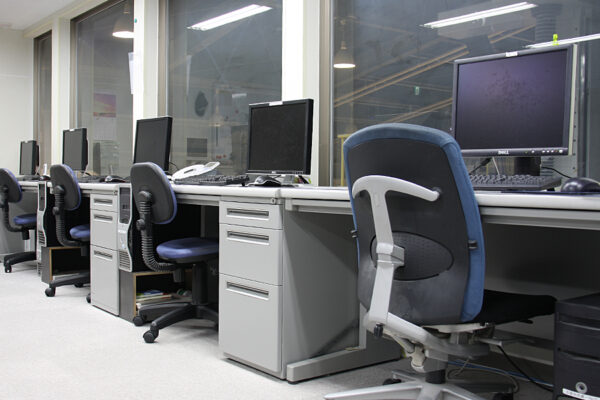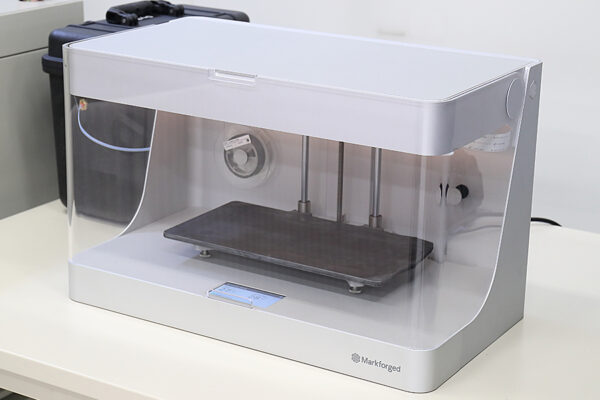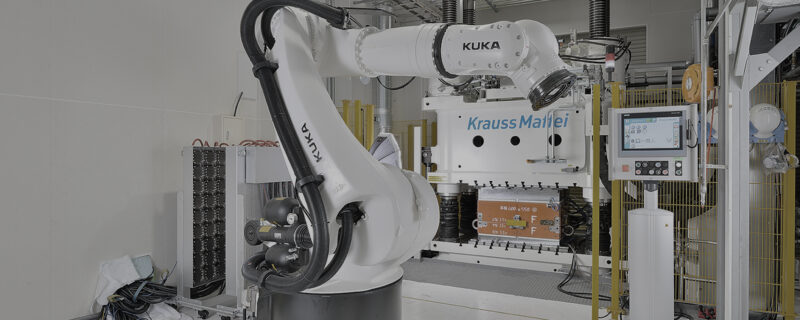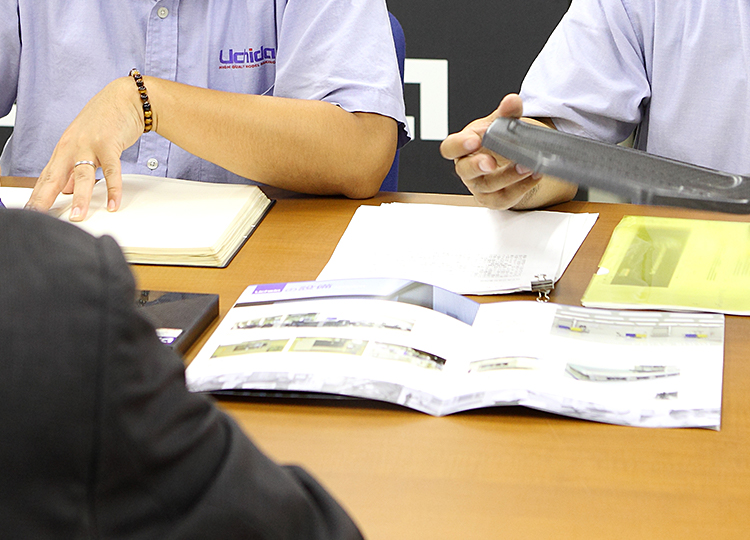Introduction
Prepreg is a composite material in which the resin is pre-impregnated into the fibers and cured by applying appropriate heat and pressure during molding. This allows for the efficient production of products of high quality and precision. Prepreg is widely used in industries such as aerospace, automotive, sporting goods, and electronics, among others. In this column, the types of prepreg and their characteristics will be explained in detail.
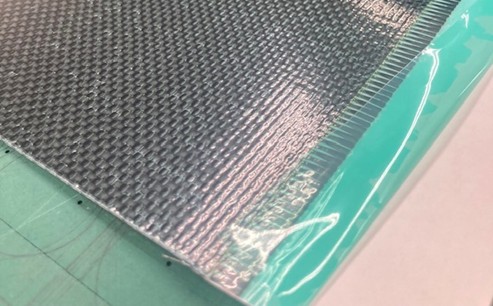
Basic Structure and Properties of Prepreg
Prepreg is a composite material of base fibers and resin, supplied with resin uniformly permeating the fibers. The resin varies according to thermosetting (epoxy resin, vinylester resin, phenol resin, etc.) or thermoplasticity (polypropylene, polyethylene, etc.) and must be selected according to the manufacturing process and application. A major characteristic of prepreg is that the resin is well controlled prior to curing, resulting in uniform product quality and precision molding.
Types of Prepreg
Prepregs are classified according to the type of resin and fiber used and have various characteristics. Typical types are listed below.

Epoxy resin prepreg
Epoxy resins are widely used in the aerospace and automotive industries because of their high strength, high heat resistance, and chemical resistance. Epoxy resin prepregs have very high adhesive strength and chemical stability, and are widely used as structural materials.
– Features: high strength, high heat resistance, chemical resistance, strong adhesion
– Applications: aircraft parts, racing cars, sporting goods
Vinylester resin prepreg
Vinylester resin has better impact resistance than epoxy resin and chemical resistance is They also have higher resistance to chemicals. They are therefore ideal for products used in harsh environments.
– Features: impact resistance, chemical resistance, water resistance
– Applications: ships, chemical equipment, environmental pollution control equipment
Phenolic resin prepreg
Phenolic resin is resistant to high temperatures and has excellent heat and chemical resistance. It is especially suitable for use in high-temperature environments and is used in electronic equipment and automotive parts.
– Features: very high heat resistance, chemical resistance, abrasion resistance
– Applications: electronic equipment parts, automotive brake parts, high temperature parts
Thermoplastic Prepreg
Thermoplastic resins (e.g. PEEK, PEI) have the property of becoming flexible by applying heat and solidifying again after cooling. Thermoplastics (e.g., PEEK, PEI) are flexible when heated and solidify again after cooling. This makes it possible to manufacture products with complex shapes in a short time. Thermoplastic resin prepregs can be reprocessed and are highly recyclable.
– Features: reprocessable, high temperature resistance, excellent chemical resistance
– Applications: aircraft, electronics, automotive parts
Fiber types of prepreg
Fibers used as the base material for prepreg also have a significant impact on its properties. The main types of fibers used are as follows:
Carbon Fiber
Carbon fiber is a strong and rigid fiber that is often used in the aerospace and automotive industries because of its light weight and very high performance It is well known as CFRP (Carbon Fiber Reinforced Plastic).
– Features: lightweight, high strength, high stiffness, corrosion resistance
– Applications: aircraft, automotive, sporting goods
Glass Fiber
Glass fiber has relatively low cost and excellent tensile and compressive strength properties. It also has heat resistance and electrical insulation properties and is used in many industries.
– Features: heat resistance, electrical insulation, high strength
– Applications: building materials, electronics, sporting goods
Aramid Fiber
Aramid fiber (e.g. Kevlar) has excellent shock absorption and abrasion resistance and is used as a bullet-proof vest and Aramid fibers (e.g. Kevlar) have excellent impact absorption and abrasion resistance. It is suitable for products requiring impact resistance.
– Characteristics: High impact resistance, high abrasion resistance, lightweight
– Applications: Bulletproof materials, aircraft parts, sporting goods
Prepreg Production Process
There are several methods for prepreg production process, but generally “dipping method” or “filament winding method” The “immersion method” and the “filament winding method” are generally used.
– Immersion method: Fibers are immersed in resin in a controlled manner to ensure uniform penetration of the resin. Prepregs using epoxy or vinylester resins are commonly used.
– Filament winding method: Fibers are wound and molded, then solidified with resin. It is mainly used for structural parts of automobiles and aircraft.
Summary
Prepregs are used in a variety of industries due to their excellent properties and diverse applications. Since product characteristics can be finely tuned by selecting resin type and fibers, selection at the design stage is extremely important. With a wide range of prepreg options available, selecting the right resin for the right purpose, such as epoxy, vinylester, or phenolic resin, can help create higher-performance products.
Related useful contents
You can explore related content by clicking on a topic of interest.
ABOUT UCHIDA - 55 years since our founding
We leverage a wealth of technical expertise as a CFRP molding and processing manufacturer using FRP, GFRP, and CFRP materials. We offer a one-stop solution, encompassing design, analysis, manufacturing, secondary processing, assembly, painting, quality assurance, and testing.
UCHIDA's equipment
We have cutting-edge equipment to ensure that we can address even the most advanced challenges of our customers.
Video Library
In the following video, we provide a detailed overview of our manufacturing process. Please feel free to watch and learn more.

